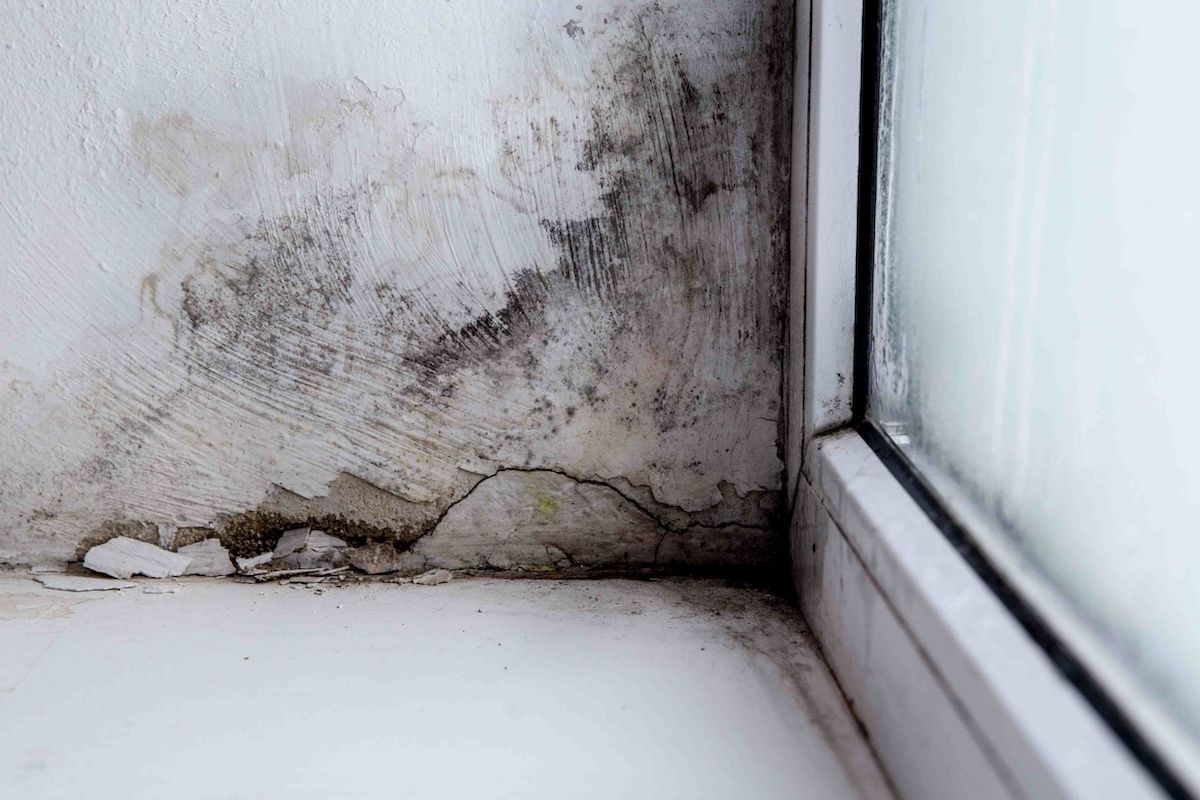Your Ultimate Overview to Blog Post Mold And Mildew Remediation Techniques
In the after-effects of mold invasion, knowing exactly how to effectively remove the mold and mildew and prevent its reoccurrence is extremely important for maintaining a healthy interior environment. From choosing the ideal cleaning and sanitizing approaches to implementing methods for lasting mold prevention, each step in the removal trip plays a vital function in making certain a successful result.
Recognizing Post-Mold Remediation Process
After completing the mold remediation process, it is vital to recognize the post-mold removal strategies that are necessary to ensure a reliable and thorough cleaning. As soon as the mold and mildew has been removed, the next action entails cleaning and disinfecting the affected areas to avoid any kind of regrowth of mold and mildew. This includes using specialized cleansing representatives to wipe down surfaces and eliminate any type of remaining mold spores. It is important to dry out the location totally to prevent the growth of mold in the future (Post Mold Remediation). Correct air flow and dehumidification can aid in this procedure.
In addition, conducting a final assessment post-remediation is crucial to ensure that all mold and mildew has actually been efficiently removed. If the assessment discloses any type of lingering mold and mildew, extra removal may be required.
Effective Cleaning and Disinfecting Techniques

Preventing Future Mold And Mildew Development

Value of Proper Air Flow
Appropriate air flow plays an essential function in preventing dampness buildup, a vital consider mold growth within interior atmospheres. Efficient air flow systems help eliminate excess humidity from the air, lowering the possibilities of mold spores locating the moisture they require to germinate and spread out. Without adequate ventilation, interior spaces can end up being a breeding place for mold and mildew, leading to prospective wellness risks and architectural damages.
By guaranteeing his explanation correct air circulation, ventilation systems can additionally help in drying damp areas a lot more quickly after water damage or flooding occurrences, better preventing mold and mildew growth. Post Remediation verification. Precede like washrooms, attics, kitchens, and basements where wetness degrees often tend to be greater, mounting and keeping reliable air flow systems is essential in protecting against mold and mildew problems

Monitoring and Upkeep Tips
Offered the essential function that appropriate air flow plays in stopping mold development, it is essential to develop efficient monitoring and upkeep ideas to guarantee the ongoing capability of air flow systems. Routine inspections of air flow systems need to be conducted to look for any signs of clogs, leakages, or malfunctions that could impede correct air flow. Monitoring humidity degrees within the building is also crucial, as high moisture can contribute to mold and mildew growth. Mounting a hygrometer can help track humidity degrees and alert house owners to any spikes that might require focus. Additionally, making sure that air filters are regularly cleaned up or changed is necessary for maintaining the effectiveness of the air flow system. Implementing a routine for regular maintenance tasks, such as air duct cleansing and HVAC system assessments, can aid prevent issues prior to they rise. By staying proactive and alert to the condition of ventilation visit homepage systems, homeowner can successfully minimize the threat of mold and mildew regrowth and maintain a healthy interior environment.
Conclusion
In verdict, post-mold removal methods are important for ensuring a tidy and risk-free setting. Comprehending the process, implementing reliable cleaning and disinfecting approaches, protecting against future mold growth, keeping appropriate ventilation, and regular surveillance are all critical actions in the removal process. By following these standards, you can effectively remove mold and mildew and prevent its return, working or advertising a healthy living space for all owners.
In the after-effects of mold invasion, knowing exactly how to efficiently get rid of the mold and avoid its reoccurrence is paramount for preserving a healthy and balanced indoor setting. When the mold and mildew has been eliminated, the following step entails cleaning and decontaminating the affected locations to protect against any regrowth of mold and mildew - what to do after mold remediation. After removing visible mold and mildew development, it is crucial to clean all surfaces in the afflicted location to remove any staying mold and mildew spores. To better enhance mold prevention procedures, it is essential to deal with underlying problems that at first led visit the website to mold development.Given the essential duty that correct air flow plays in protecting against mold growth, it is necessary to establish reliable surveillance and maintenance tips to make sure the ongoing performance of air flow systems